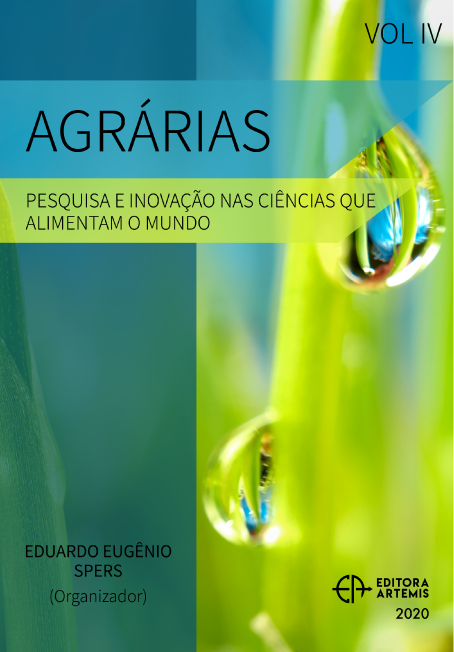
VIABILIDADE ECONÔMICA EM SISTEMA DE BIOFLOCOS NA PRODUÇÃO DE TILÁPIAS (Oreochromis niloticus)
Este trabalho simulou fatores que interferem na viabilidade econômica da criação de tilápias em sistema de bioflocos. A proposta consiste em um projeto com 12 estufas (contendo tanques de 415 m3 cada), sendo alojadas 55 tilápias/m3, com conversão alimentar estimada de 1,2:1, peso final de 800g e preço de comercialização de R$ 4,65. Analisou-se indicadores como Valor Presente Líquido (VPL), Payback, Taxa interna de retorno (TIR), Payback descontado, Índice de lucratividade e análises de sensibilidade. Após avaliação destes indicadores, observou-se que o empreendimento é economicamente viável, uma vez que o retorno do investimento se dá entre o quarto e quinto ano, com VPL de R$ 59.792,94 e TIR de 17%, com custo de implantação e custos operacionais altos para a produção neste sistema. Variações no preço de comercialização, conversão alimentar e densidade de estocagem podem ter grande influência sobre a rentabilidade do empreendimento. A ração é um dos itens que mais interfere na viabilidade do sistema, pois representa 58,77% dos custos de produção. Outro importante custo é com a energia, que representa 17,81%, e fontes alternativas como energias eólias e solares devem ser consideradas, para que assim este sistema apresente uma maior segurança e retorno econômico.
VIABILIDADE ECONÔMICA EM SISTEMA DE BIOFLOCOS NA PRODUÇÃO DE TILÁPIAS (Oreochromis niloticus)
-
DOI: 10.37572/EdArt_25531122015
-
Palavras-chave: Bioflocos; Piscicultura; Tilápia; Viabilidade Econômica.
-
Keywords: Biofloc; Fish farming; Tilapia; Economic viability.
-
Abstract:
This study was simulated the economic viability in the tilapia culture in the biofloc system. This purpose consist in a project of construction of 12 greenhouses (415 m3 each), with stocking 55 fish/m3, with a food conversion of 1.2:1, final weight of 800g and commercialization price of R$ 4.65. Analyzed indicators Net Value, Payback, Internal Rate of Return, canceled Payback, Profitability Index and sensitivity analyzes. After analyzing, if the enterprise is economically feasible, since the return of investment is between the fourth and fifth year, with Net Present Value of R$ 59.792.94 and internal rate of return of 17%, with the implementation cost and the costs of the processes to produce this system small. Variations in market price, feed conversion and stocking density may increase the influence on the profitability of the enterprise. Feed is one of the items that most influences the viability of the system, since it represents 58.77% of production costs. Another important cost is with energy, which represents 17.81% of costs, alternative sources such as wind and solar energy should be.
-
Número de páginas: 14
- Rafael Lazzari
- Valesca Schardong Villes
- Emerson Guiliani Durigon
- Elson Martins Coelho

